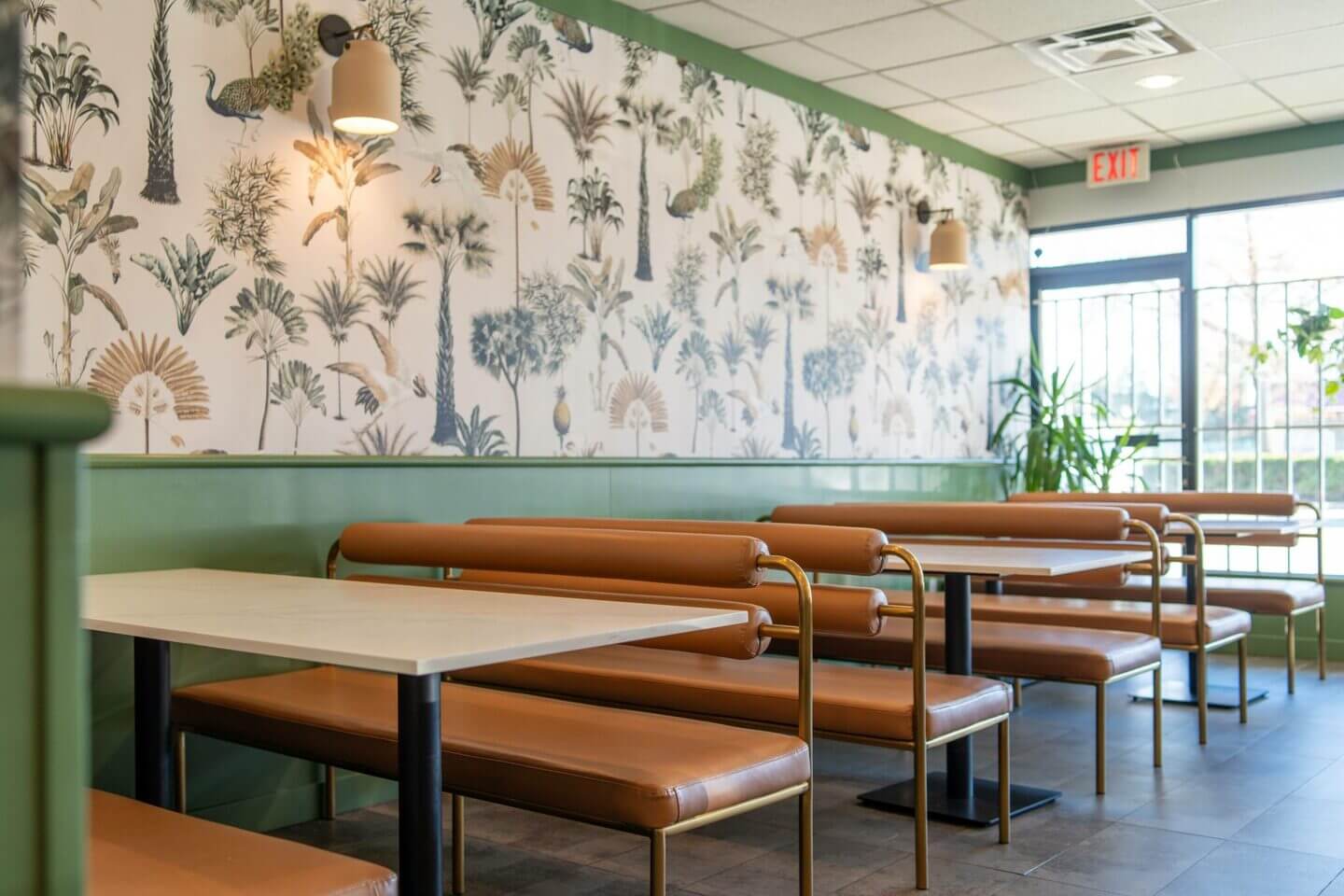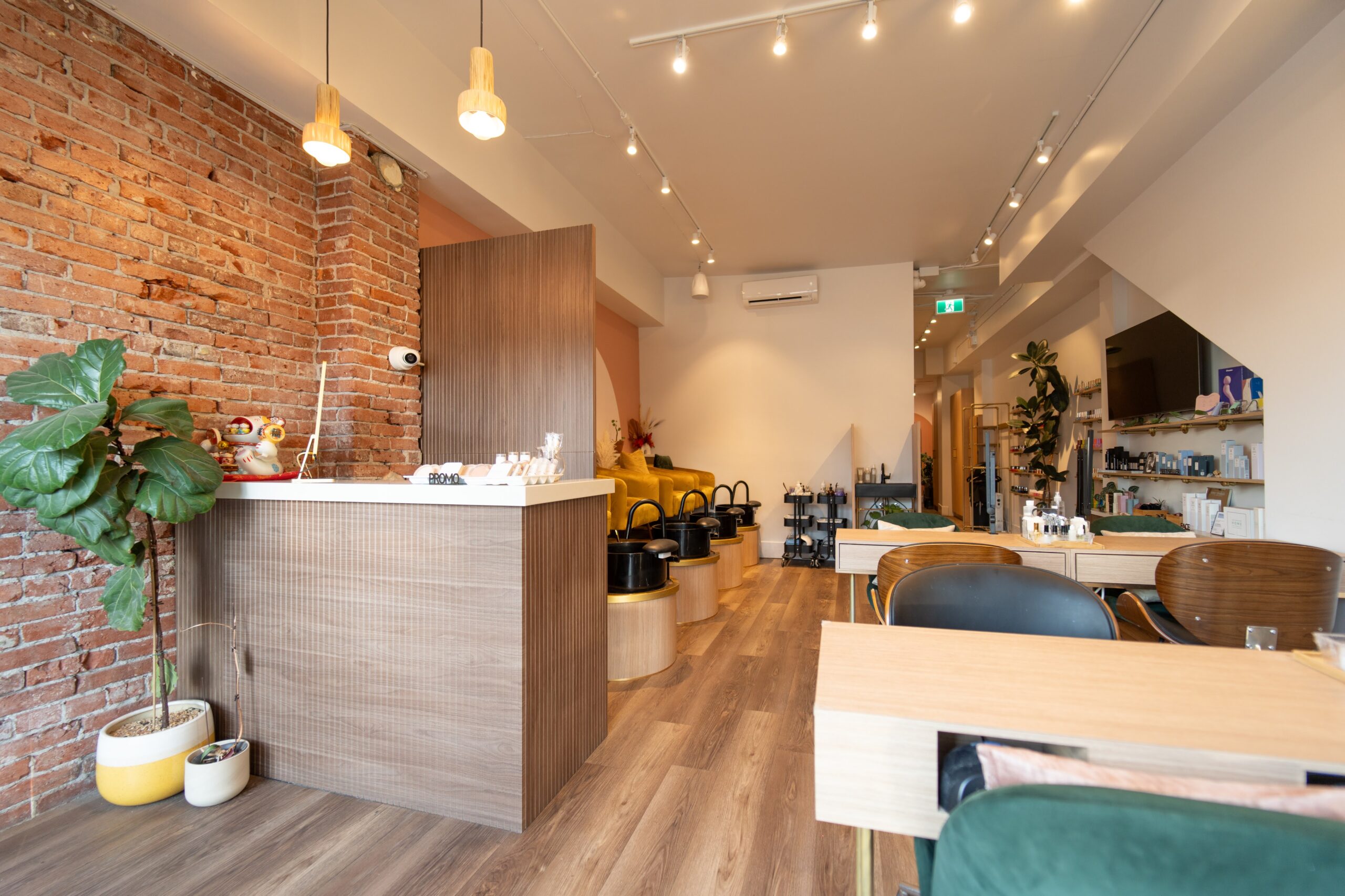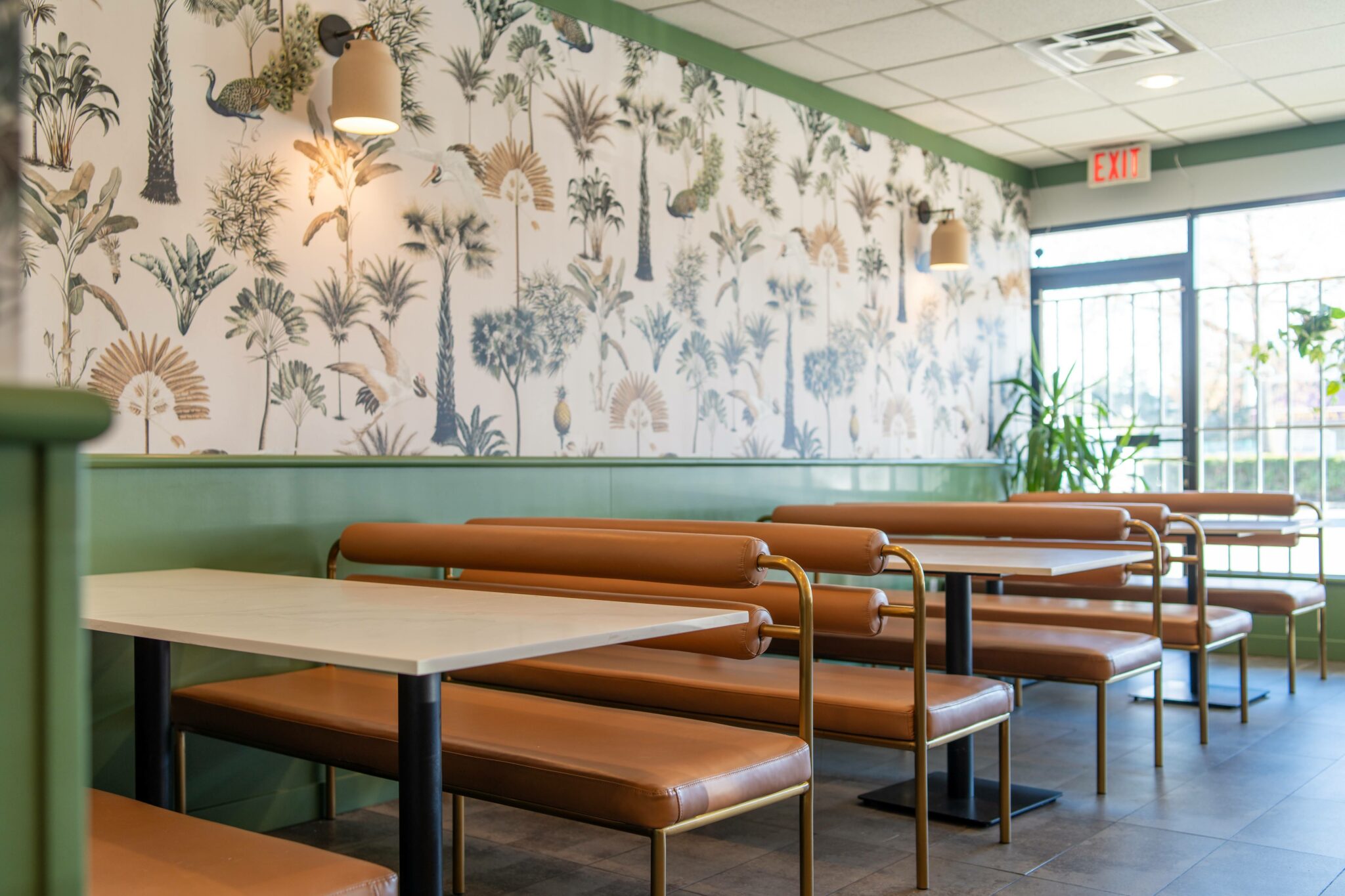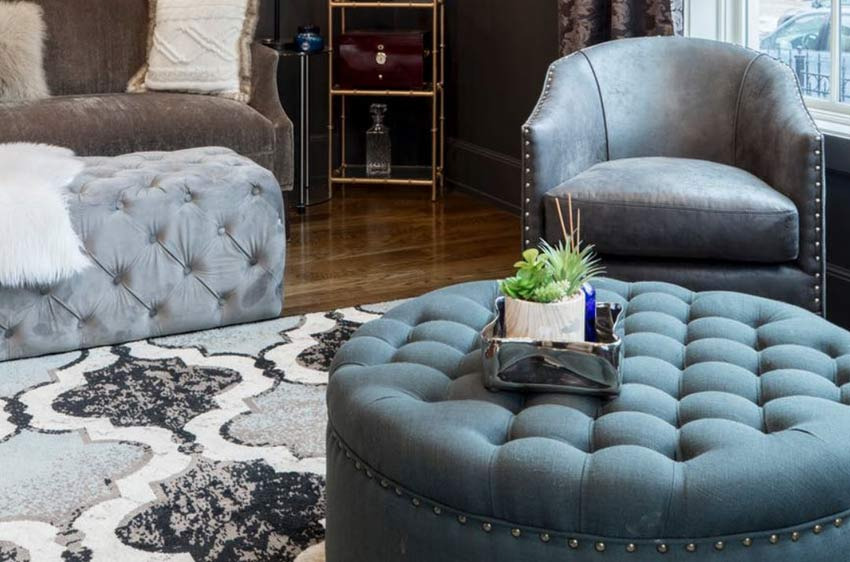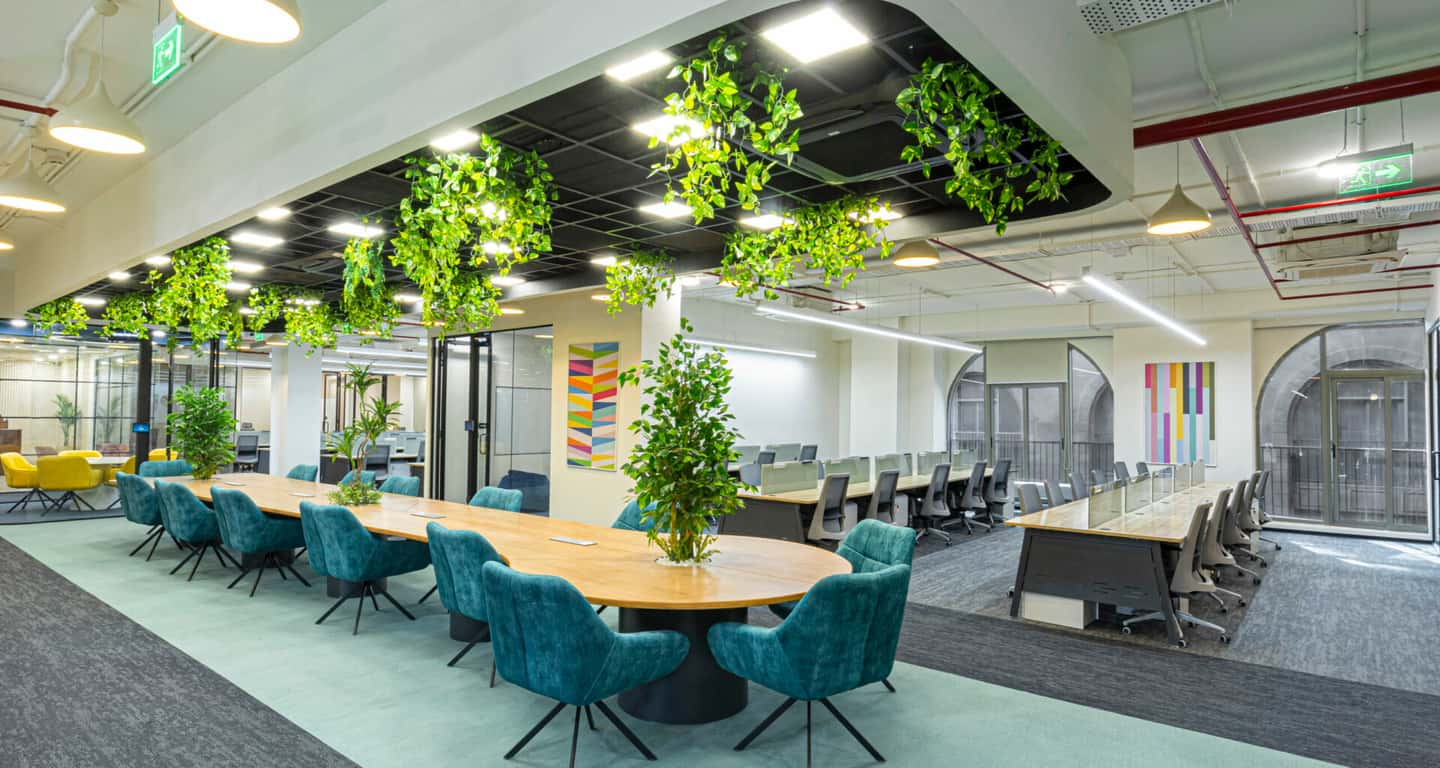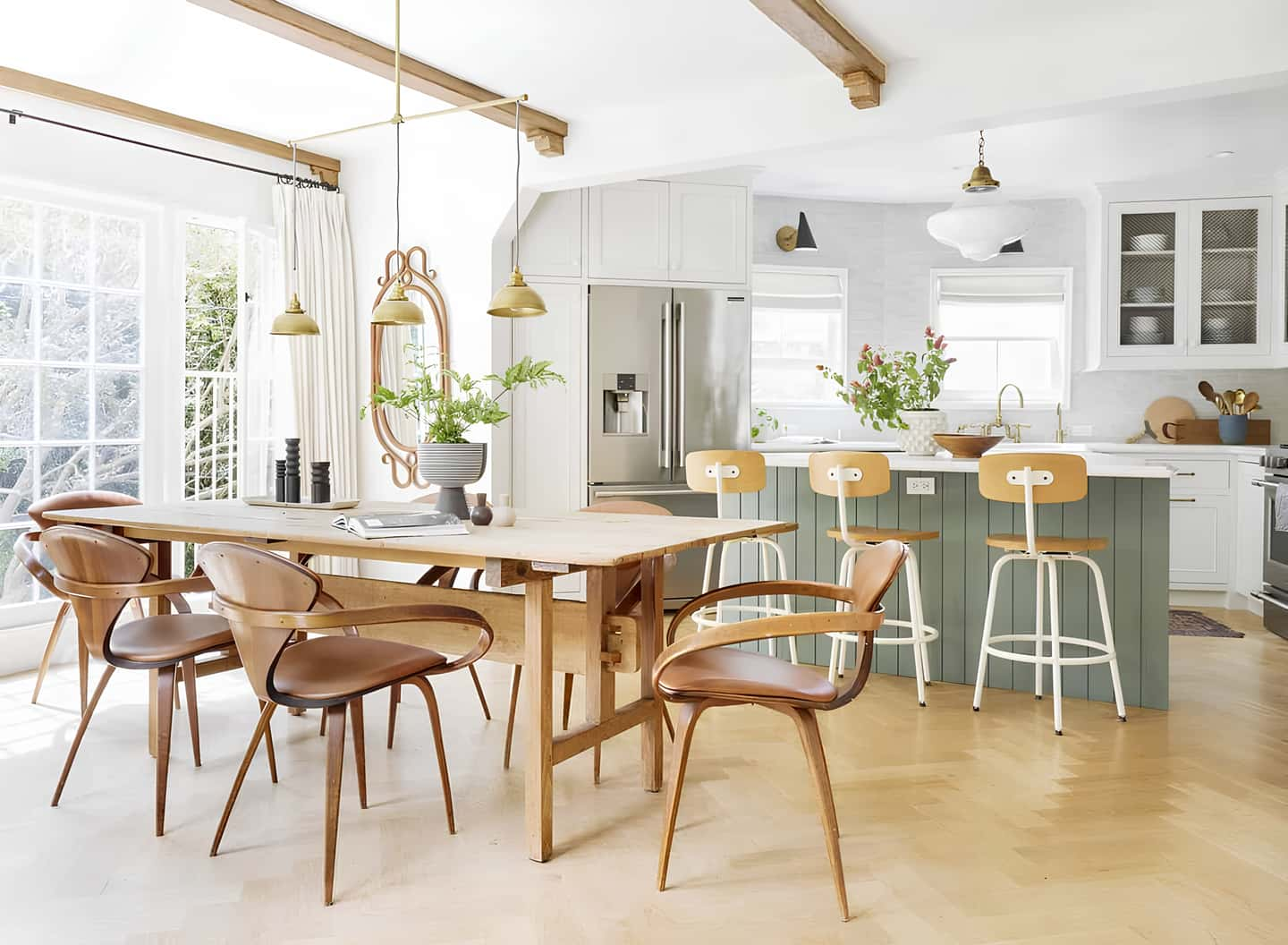I know how important developing concepts and mood boards are to the design process now that I’m an interior designer. These tools are more than just a bunch of pretty pictures; they’re the building blocks of a whole design project. They help me tell clients what I want, make sure everyone is on the same page, and keep the job on track and unified from beginning to end.
What is Concept Development?
Concept development is the first step in the design process. This is where I take the brief, the client’s preferences, and the space’s possibilities and turn them into a real design direction. This is the part of exploring, coming up with ideas, and brainstorming. “What story do I want to tell with this space?” How do I want people to feel? What kind of life does the client lead, and how can the design make it better?”
At this point, I do a lot of study to find ideas in architecture, art, nature, fashion, and culture. When I’m thinking about different styles and themes, I play around with color palettes and draw out my ideas. The goal is to come up with a strong, unique idea that will guide all future design choices.
The Power of Mood Boards
I start making visuals of my ideas as soon as I have them in my head. This is where mood boards come in handy. As the name suggests, a mood board is a collection of pictures, materials, colors, and patterns that show the design direction. That lets me try out different parts and see how they work with each other.
I feel and think my way through the process of making a mood board. I collect pictures from books, websites, and my own pictures. I keep paint chips, cloth swatches, and material samples. Then I put them on a board and play with arrangement and balance until the board looks good and makes me think of something.
A well-made mood board is like a picture of the room when it’s done. It shows the mood, the style, the color scheme, and the general feel of the design. A mood board is more than just a pretty picture for me. It’s an invitation for them to be a part of the story of their future place.
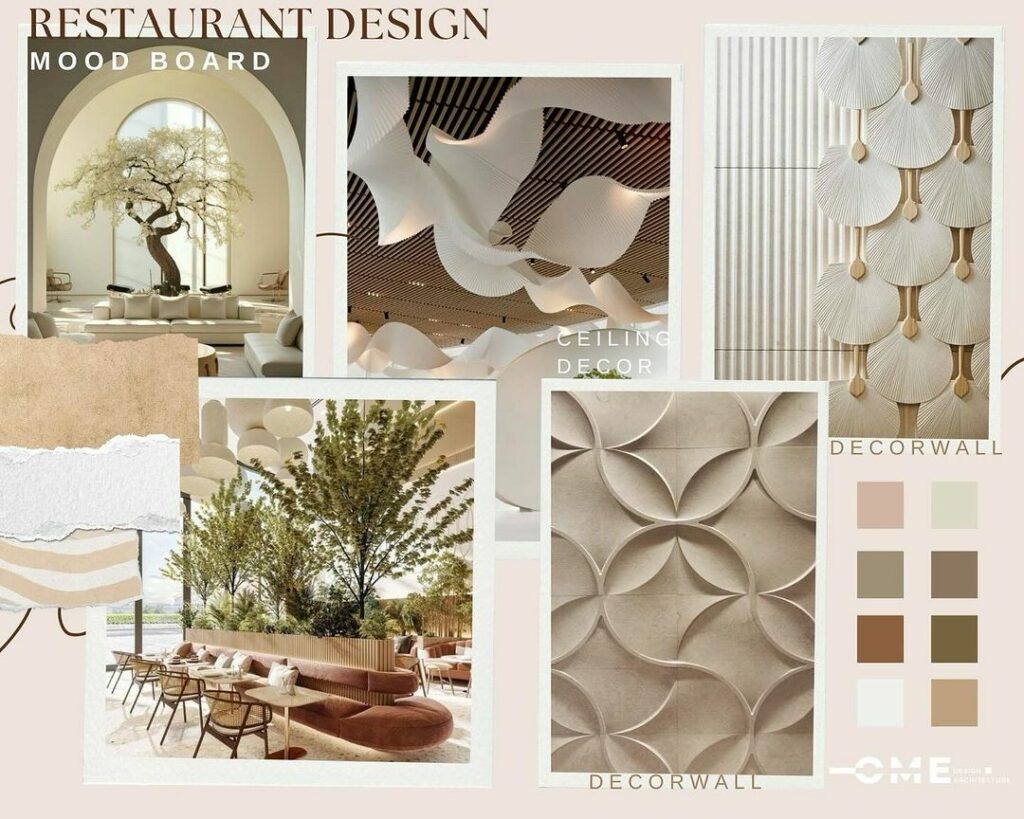
Communicating with Clients
One of the hardest things about being an interior designer is getting people who don’t know much about design to understand vague ideas. This is where mood boards and coming up with ideas come in handy. They give a real, visible way to explain the design goal and get everyone on the same page.
I explain to clients how I came up with the idea and mood board when I show them them. I tell them how the idea fits with their brief and how the mood board parts work together to make the mood they want. I want them to respond and tell me what they like and don’t like. This feedback is very important to me because it helps me improve the design and make sure I’m making a place that the client really likes.
Read also: visualizing your business with 3d renderings
Guiding the Design Process
Concept boards and idea creation aren’t just useful at the beginning of a project; they help with the whole design process. I keep going back to the idea and mood board as I choose furniture, finishes, and decorations to make sure that everything fits with the big picture.
The mood board is like a reference; it always reminds you of the design goal. It helps me stay on track and not let trends or impulsive choices take me off track. When I have a creative problem, the mood board is often where I can find the answer. The pictures, colors, and textures give you ideas and point you in the right way.
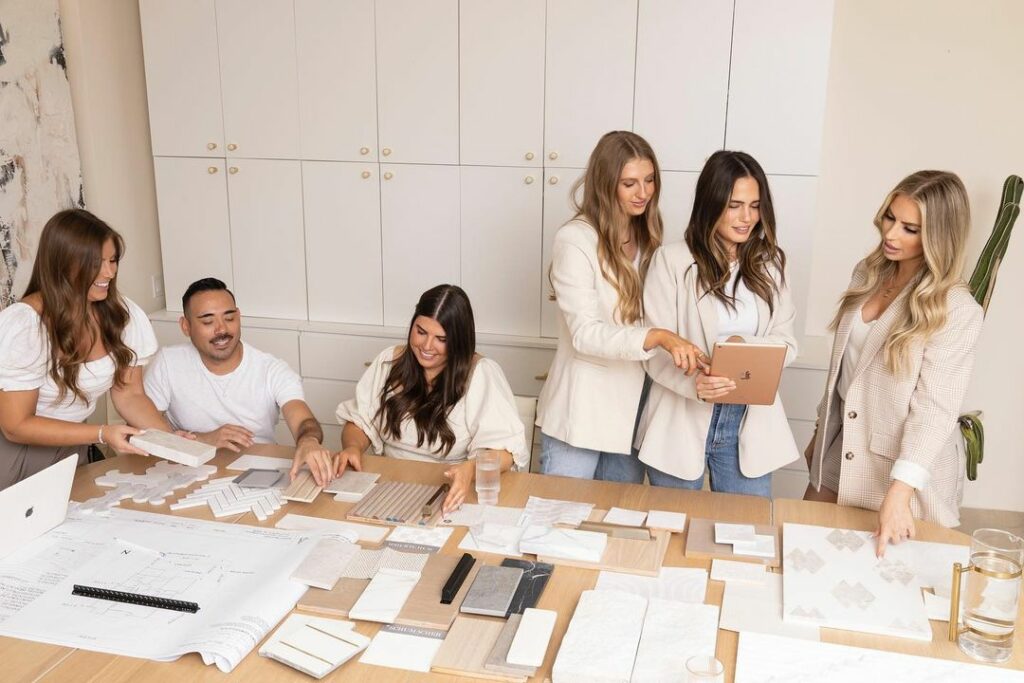
A Tool for Collaboration
Almost never does one person do all the interior design. It requires working together with clients, builders, suppliers, and sometimes even other designers. Mood boards and concept development help people work together by giving them a common language and a goal they can all see.
The mood board helps me talk to my team when I’m working with them. It helps me explain my thoughts and make sure everyone agrees with me. It also lets other people give input and feedback, which makes the idea richer and more well-thought-out.
The Joy of Creation
This is one of my favorite parts of interior design: coming up with ideas and making mood boards. It’s a time for pure creativity, when I can dream, think, and discover. You can break the rules, find new ways to put things together, and make something completely new.
It’s very satisfying to see an idea come to life, to see how vague thoughts and inspiration can be put together to make a beautiful place that flows well. It makes me think of how powerful design can be and how much fun it can be to make something.
A Continuous Learning Process
Even though I’ve been doing this for years, I still learn new things and improve by coming up with ideas and making mood boards. Every job gives you a chance to learn new things, get inspired, and grow as a designer.
I now know to always follow my gut, be brave in my decisions, and be interested in everything. There is a real connection between the designer and the client and the room, which leads to the best designs.

The Heart of Design
Mood boards and coming up with ideas are more than just tools; they are what the design process is all about. They are creative, work well with others, and talk to each other, all of which are important for making places that are both beautiful and meaningful.
I’m lucky to be able to use these tools every day as an interior designer to tell stories, make people feel things, and change places. They always remind me of why I fell in love with design in the first place: the fun of making things, the power of thought, and the chance to change people’s lives through the places they live.

I am a design enthusiast that loves writing about the latest trends and style when it comes to commercial and residential interior design. I also love architecture and buildings.

